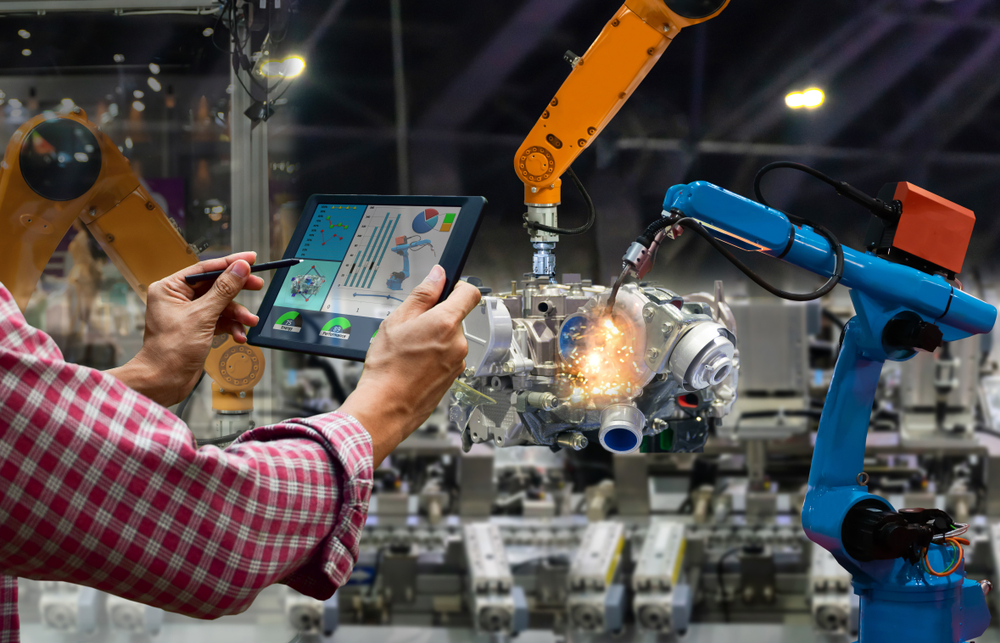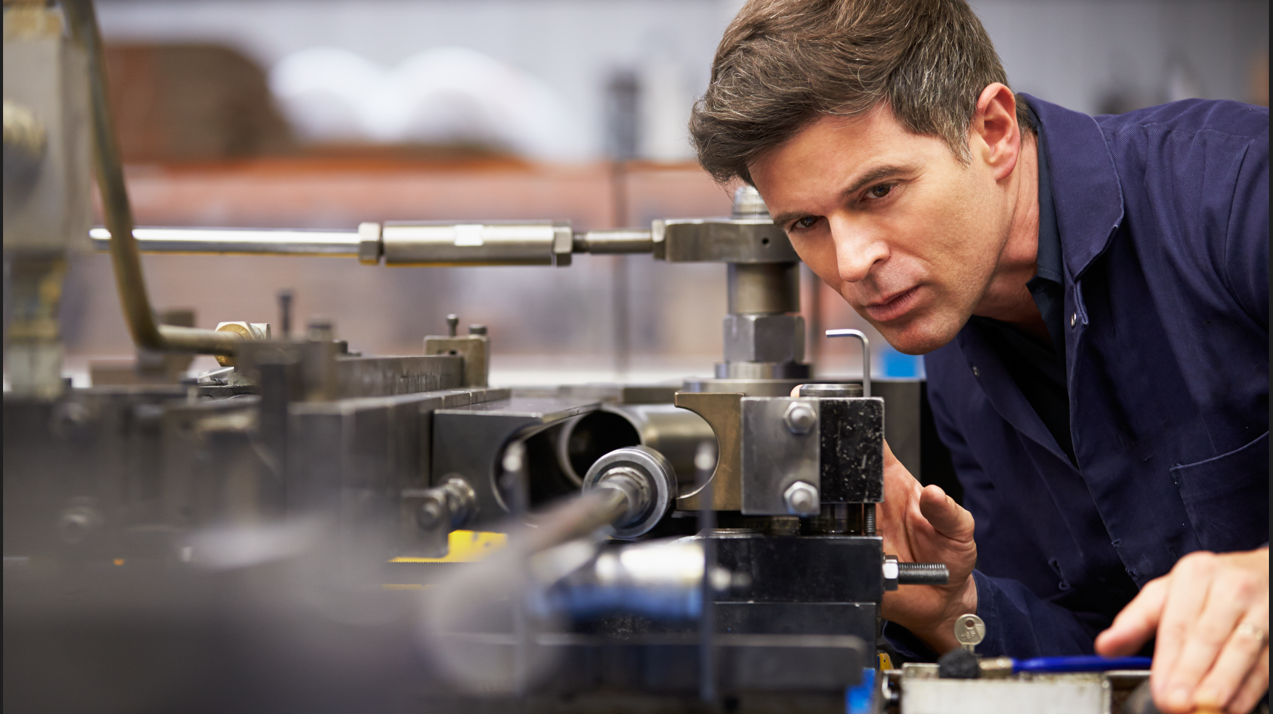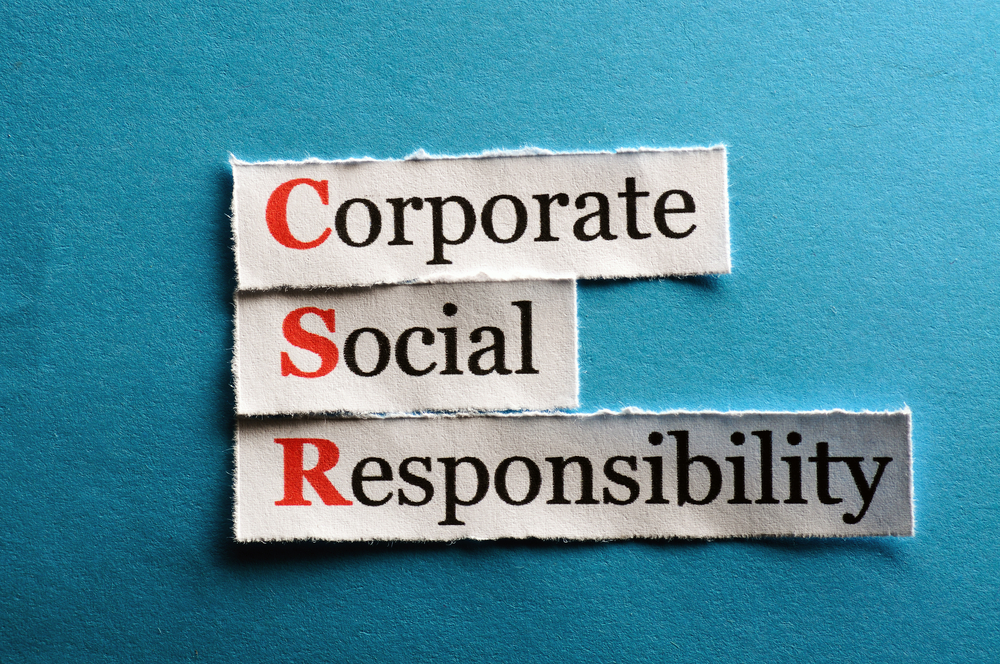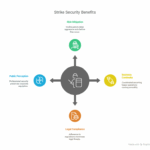The manufacturing industry, a critical component of the global economy, is perpetually evolving, influenced by technological advancements, changing consumer preferences, and geopolitical shifts. This content piece delves into the key trends shaping the future of manufacturing, focusing on technological innovations, sustainability, supply chain reconfiguration, workforce development, and the impact of geopolitical events. As we navigate through these trends, we will explore how companies are adapting to stay competitive and meet the demands of a rapidly changing market.
Technological Innovations
The advent of Industry 4.0 has ushered in a new era of manufacturing, characterized by the integration of digital technologies into the production process. Among these innovations, the following stand out:
- Internet of Things (IoT): IoT devices are revolutionizing manufacturing floors by providing real-time data on machine performance, production levels, and maintenance needs. This enables predictive maintenance, reduces downtime, and enhances productivity.
- Artificial Intelligence (AI) and Machine Learning (ML): AI and ML are being used to optimize manufacturing operations, from predictive maintenance and quality control to demand forecasting and supply chain management. These technologies allow for smarter decision-making and operational efficiency.
- Additive Manufacturing (3D Printing): 3D printing is moving beyond prototyping to become a viable method for production at scale. It offers the ability to create complex, customized products with reduced material waste and shorter lead times.
Sustainability and Circular Economy
Sustainability has become a driving force in the manufacturing industry, with companies increasingly focusing on reducing their environmental footprint. This trend is evident in several key areas:
- Energy Efficiency: Manufacturers are investing in energy-efficient technologies and renewable energy sources to reduce carbon emissions and lower energy costs.
- Circular Economy Practices: The adoption of circular economy principles, such as recycling materials and designing products for longevity, is gaining traction. This approach not only mitigates environmental impact but also opens up new business opportunities and revenue streams.
- Sustainable Supply Chains: There is a growing emphasis on creating more sustainable supply chains through the use of eco-friendly materials and ethical sourcing practices.

Supply Chain Reconfiguration
The COVID-19 pandemic exposed vulnerabilities in global supply chains, leading to a reevaluation of supply chain strategies. Key developments include:
- Nearshoring and Reshoring: To mitigate risks and reduce dependence on distant suppliers, companies are bringing manufacturing closer to home or to nearby countries. This trend enhances supply chain resilience and reduces lead times.
- Digital Supply Networks: The digitization of supply chains enables greater transparency and agility. Digital platforms and blockchain technology are being utilized to improve supply chain visibility and coordination among partners.
Related: Overview of Manufacturing Production
Workforce Development
The shift towards advanced manufacturing technologies requires a skilled workforce capable of operating and maintaining these systems. Significant trends in workforce development include:
- Upskilling and Reskilling: Companies are investing in training programs to equip their workforce with the necessary skills for the digital age. This includes technical skills related to new technologies as well as soft skills such as problem-solving and adaptability.
- Collaborative Robotics: The integration of collaborative robots (cobots) into the manufacturing process is helping to alleviate labor shortages by performing repetitive tasks, thus allowing human workers to focus on more complex and creative tasks.
Geopolitical Impact
Geopolitical events and trade policies continue to have a profound impact on the manufacturing industry. Trade tensions, tariffs, and the push for economic decoupling in certain regions are prompting companies to diversify their supply chains and manufacturing locations. This environment requires manufacturers to be agile and adaptable, ready to shift strategies in response to changing geopolitical landscapes.
Consumer Preferences Shaping Product Innovation
In an era where customer expectations are higher than ever, consumer preferences are significantly influencing product design and manufacturing processes. Key points include:
- Customization and Personalization: The demand for customized and personalized products is pushing manufacturers to adopt flexible production systems that can accommodate varying customer requirements without compromising efficiency.
- Sustainability Concerns: An increasing number of consumers prioritize sustainability, driving manufacturers to adopt greener practices and materials in their production processes and to highlight these efforts in their marketing strategies.
- Digital Integration: As digital natives become a larger part of the consumer base, there’s a growing expectation for products to be seamlessly integrated with digital ecosystems, necessitating innovations in smart product development.
Data Analytics: The Backbone of Manufacturing Intelligence
The explosion of data generated by digital manufacturing technologies has made data analytics an indispensable tool. This section explores how:
- Predictive Analytics: By analyzing historical data, manufacturers can predict future trends, such as machine failures or demand spikes, allowing for proactive decision-making.
- Supply Chain Optimization: Advanced analytics enable more sophisticated supply chain management, optimizing inventory levels and reducing waste.
- Customer Insight: Data analytics provide valuable insights into customer behavior and preferences, enabling manufacturers to tailor their products and services more effectively.
Regulatory Changes Prompting Industry Adaptation
Manufacturers are increasingly facing a complex regulatory landscape that impacts various aspects of their operations. This includes:
- Environmental Regulations: Stricter environmental standards compel manufacturers to invest in cleaner technologies and practices.
- Data Protection and Privacy Laws: With the rise of digital manufacturing, compliance with data protection and privacy regulations becomes critical.
- Trade Agreements and Tariffs: Changes in trade policies and agreements can significantly affect manufacturing costs and supply chain strategies, requiring businesses to stay agile and informed.
Related: Leveraging Industry 4.0
Smart Factories: The Next Evolution in Manufacturing
Smart factories represent the pinnacle of Industry 4.0, where the physical and digital worlds converge. Aspects of smart factories include:
- Connected Machinery: In smart factories, machines are interconnected, allowing for automated and optimized production processes.
- Real-Time Monitoring and Control: Advanced sensors and IoT technologies enable real-time tracking of manufacturing activities, facilitating immediate adjustments to improve efficiency and reduce downtime.
- Digital Twins: These virtual replicas of physical assets or processes allow manufacturers to simulate and test changes in a risk-free environment, enhancing innovation and troubleshooting.

Global Market Shifts Opening New Opportunities
Finally, the manufacturing sector is influenced by shifts in the global market, which present both challenges and opportunities:
- Emerging Markets: Growth in emerging markets is creating new demand centers for manufactured goods, encouraging companies to explore new market entry strategies.
- Technological Leadership: Regions that invest in and adopt advanced manufacturing technologies can gain a competitive edge, influencing global manufacturing dynamics.
- Resilience and Diversification: In response to global uncertainties, manufacturers are seeking to diversify their markets and supply chains to build resilience against localized disruptions.
Digital Twins for Enhanced Simulation and Analysis
Digital twins are virtual replicas of physical systems, processes, or products, used extensively to simulate, analyze, and optimize manufacturing operations:
- Real-time Monitoring and Simulation: Digital twins enable manufacturers to monitor operations in real time and simulate changes to identify optimization opportunities without disrupting actual production.
- Product Lifecycle Management: From design through to end-of-life, digital twins offer insights that can significantly reduce development time, enhance performance, and extend the lifespan of products.
- Customization and Innovation: The detailed data and analysis provided by digital twins support the customization trends mentioned earlier and foster innovation by allowing for risk-free experimentation in a virtual environment.
The adoption of digital twins is a game-changer, offering a level of insight and control previously unattainable, leading to improved efficiency, product quality, and customer satisfaction.
Servitization: Transitioning from Product to Service
Servitization represents a strategic shift in the manufacturing industry from selling products to offering comprehensive solutions that include services:
- Value-Added Services: Manufacturers are increasingly offering maintenance, repair, operations, and even outcome-as-a-service models, adding value to traditional product offerings.
- Customer Retention and Loyalty: By providing ongoing services, manufacturers build closer relationships with customers, improving retention and loyalty.
- Sustainable Business Models: Servitization supports sustainability goals by emphasizing product longevity and efficiency over the traditional sell-and-replace model.
This shift requires manufacturers to rethink their business models, capabilities, and partnerships, focusing more on customer outcomes than on product sales alone.
Cybersecurity in the Age of Connected Manufacturing
As manufacturing becomes increasingly digitized and connected, the importance of cybersecurity cannot be overstated:
- Protecting Intellectual Property: The risk of intellectual property theft has escalated with digital connectivity, making cybersecurity measures critical to protect sensitive data.
- Securing IoT and Industrial Control Systems: The proliferation of IoT devices and the critical nature of industrial control systems make them prime targets for cyberattacks, necessitating robust security protocols.
- Compliance and Regulatory Requirements: Manufacturers must comply with a growing array of cybersecurity regulations, making compliance a key component of their cybersecurity strategies.
Investing in cybersecurity is not just about risk mitigation; it’s about ensuring the trustworthiness and reliability of manufacturing operations in a digital world.
Related: A Comprehensive Guide to Manufacturing Worker Jobs
Agile Manufacturing: Flexibility Meets Efficiency
Agile manufacturing represents a strategic approach designed to thrive in a rapidly changing environment, emphasizing adaptability, flexibility, and responsiveness:
- Rapid Prototyping and Iterative Design: Agile manufacturing leverages technologies such as 3D printing to accelerate product development, enabling rapid prototyping and iterative design processes that can quickly adapt to market feedback.
- Flexible Production Lines: Unlike traditional production lines configured for mass production of a single product, agile manufacturing setups are designed for quick reconfiguration, allowing manufacturers to switch between different products as demand dictates.
- Supply Chain Agility: Agile manufacturing extends into the supply chain, with strategies aimed at creating responsive, adaptable supply networks that can adjust to disruptions and changing market conditions with minimal lead time.
Agile manufacturing is not just a set of practices but a mindset that prioritizes customer satisfaction and values adaptability over efficiency in uncertain environments.
Ethics and Corporate Social Responsibility in Manufacturing
Ethics and CSR are increasingly becoming central to manufacturing operations, reflecting a broader societal demand for responsible and sustainable business practices:
- Sustainable Production Practices: Beyond regulatory compliance, manufacturers are adopting sustainable production techniques that minimize environmental impact, reduce waste, and conserve resources, driven by ethical considerations and consumer expectations.
- Labor and Human Rights: Ethical labor practices, including fair wages, safe working conditions, and respecting workers’ rights, are becoming critical factors in manufacturing decisions, influencing brand reputation and customer loyalty.
- Community Engagement and Development: Manufacturers are engaging more with their local communities, contributing to economic development, supporting education and training programs, and participating in local sustainability initiatives.
Ethics and CSR are shaping the manufacturing industry’s legacy, with companies that prioritize these values finding a competitive advantage in a market that increasingly values sustainability and social responsibility.
Expansion of Global Manufacturing Ecosystems
The globalization of manufacturing continues, driven by advances in technology, trade liberalization, and shifts in consumer demand. However, the nature of global manufacturing ecosystems is evolving:
- Regional Hubs and Specialization: While globalization continues, there’s a trend towards the development of regional manufacturing hubs specializing in certain types of production, driven by factors like skill availability, technological expertise, and proximity to raw materials or markets.
- Cross-Border Collaboration and Innovation Networks: Global manufacturing ecosystems are increasingly characterized by cross-border collaborations, where companies, research institutions, and governments work together on innovation, technology transfer, and addressing common challenges such as sustainability.
- Digital Platforms and Marketplaces: The rise of digital platforms and marketplaces is facilitating global collaboration and access to manufacturing capabilities, allowing even small and medium-sized enterprises (SMEs) to participate in the global market.
The expansion of global manufacturing ecosystems reflects a more interconnected world, where collaboration, specialization, and digital integration are key to addressing the complex challenges of global production and distribution.

The Future of the Manufacturing Industry
The manufacturing industry’s landscape is being reshaped by a confluence of trends, each pointing towards a future where flexibility, sustainability, and innovation are paramount. Digital twins offer a mirror to the physical world that allows for unprecedented optimization and innovation. Servitization redefines value creation in manufacturing, emphasizing customer relationships and service delivery. Meanwhile, cybersecurity emerges as a critical pillar supporting the industry’s digital transformation, protecting assets and ensuring continuity in an increasingly connected ecosystem. These trends, alongside those previously discussed, underscore the dynamic nature of the manufacturing industry and the continuous adaptation required to thrive in the face of change. The future of manufacturing is not just about making things but about smarter, safer, and more sustainable practices that align with broader societal










